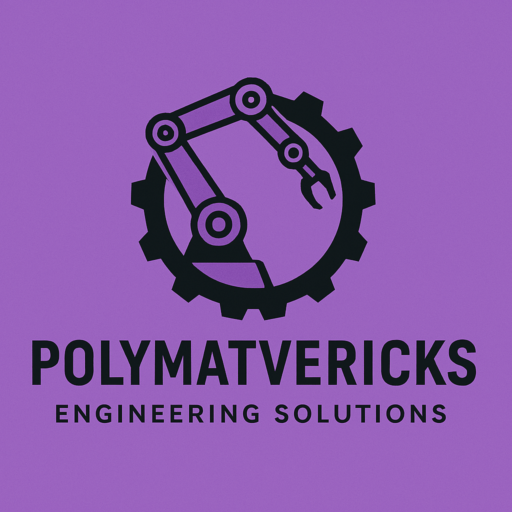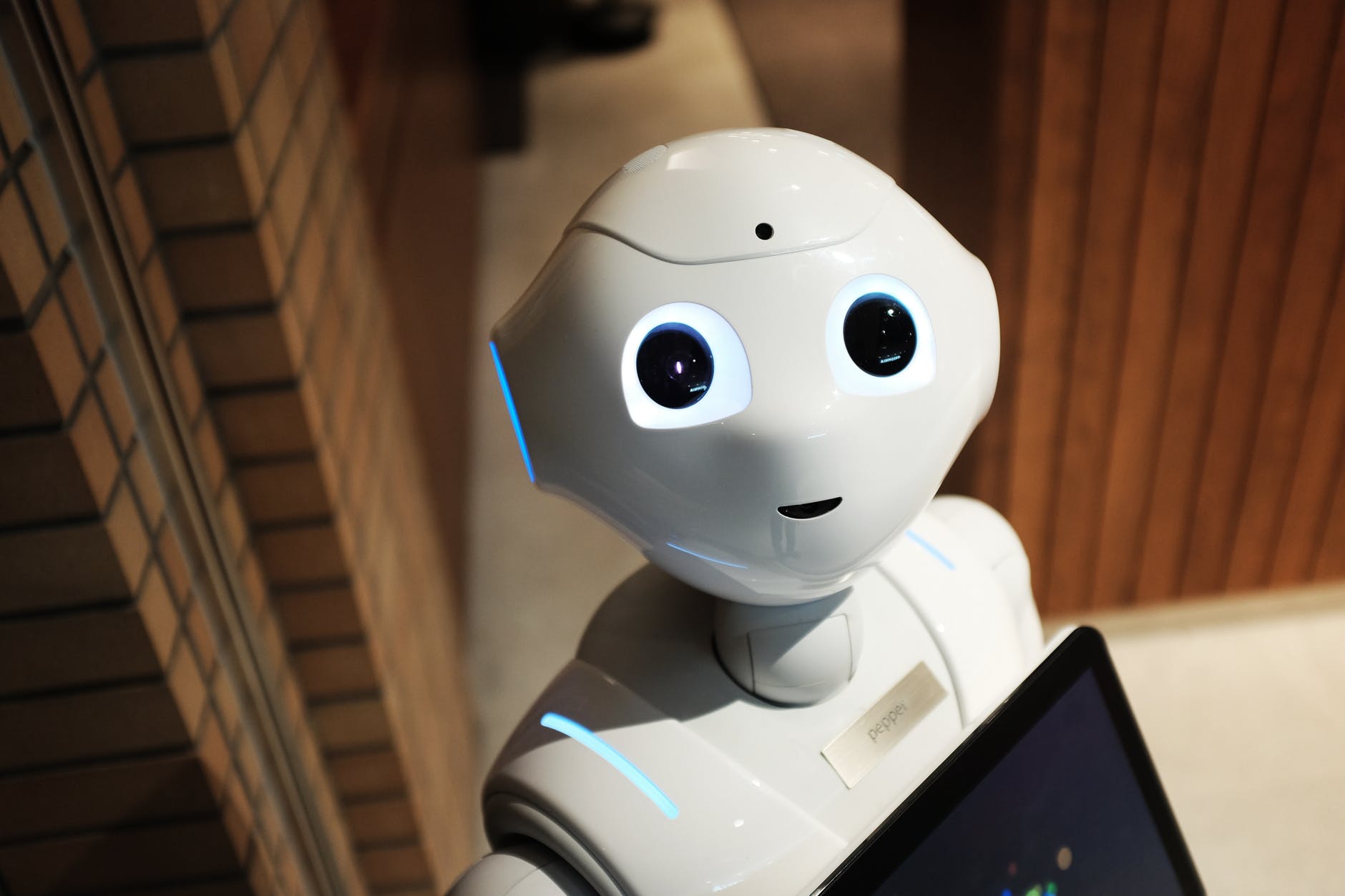
“Rockets the Ultimate Autonomous Robot: A Love Story with Control!”
A Robotics Discovery
Did you know rockets are the ultimate autonomous robots? It is true! I didn’t know that either until recently. Y’all, I’m back to chat about another robotics thing, which is fascinating, but I will let you be the judge of that. ?
I was discussing a problem during my robotics program, and it felt oddly familiar. You see when you’ve been tinkering with electronics as long as I have, you start recognizing patterns. I remember troubleshooting a similar problem during my glory days in Space, working in Avionics as a Principal Engineer. Long story short, this one traced back to the Rocket Guidance subsystem.
The Rocket Guidance Subsystem: The Real MVP
The Rocket Guidance subsystem is the real MVP. It’s the one responsible for steering rockets through Space, and it does this by constantly keeping tabs on what the rocket is up to and adjusting when needed. Think of it like that person in a relationship who’s overly controlling. They have a vision of how things should be and make sure you stay on course. It may not be a good thing in normal relationships, but in the world of robotics, control is a fantastic thing. With rockets, it’s downright essential.
Imagine we want to send a rocket to the International Space Station (ISS). We’ve got to maintain a precise velocity while heading in the right direction. If we mess up, we might overshoot the ISS, miss it entirely, or worse, crash into it! Velocity is crucial because it dictates how fast the rocket changes its position. Deviating from the planned velocity can spell disaster.
Two Control Hierarchies
Control is everything in this rocket adventure, and there are two players in the game. First up, we’ve got the “big dreamer” who plans the rocket’s journey, figures out the best route to the ISS, and loads it with all the navigational know-how. It’s like that person in a relationship who has a vision of their ideal partner and gives hints about what they want and how they want the partner to be. We call this the Deliberative Control Hierarchy.
The second player is the Reactive Control Hierarchy. This one’s more like the “Eat the Cake Annie Mae” reaction. If the partner goes out of line, they try to put them back in order, but trust me, as horrible as that was in Tina Turner’s relationship, it’s a lifesaver for rockets! It constantly monitors the rocket’s position, velocity, and acceleration using sensors like an Inertial Measurement Unit (IMU), an inner navigation system comprising Gyros and Accelerometers, a camera, and communication sensors. If the rocket starts misbehaving, this control system swoops in to set things right and bring it back in line with the Deliberative planning.
Sense-Plan-Act and the Reactive vs. Deliberative Approach
Let’s dive into the world of sense-plan-act and the reactive vs. deliberative approach. Think of the rocket as your robot friend. In a reactive situation, the rocket senses something instantly makes a move, and acts without much thinking, just like pulling your hand away from a hot stove without giving it much thought, an instinctive reaction. On the other hand, the deliberative approach involves sensing, planning the next action, and then acting on it, like a more calculated response. A good example would be feeling that someone you are talking to is upset, developing a plan to de-escalate the issue, and responding accordingly. Two key differences: the deliberative approach is slower and plans in advance, while the reactive approach is faster, and acts based on what it senses.
This is an exciting topic I would like to cover in the future. There are so many awesome neurological things I have been deeply involved in.
Challenges and Rocket Control
Anyhoo, It’s not all smooth sailing with our control hierarchies. There are times when the rocket is in an “underactuation” mode, meaning it’s not using all its thrusters. This happens when the rocket is coasting with propulsion off or during specific maneuvers where only specific thrusters are active. Also, there are moments when not all the sensors work, like during communication blackouts when the rocket is out of contact with the ground station. (? Ground control to Major Tom). This can affect the precision of velocity regulation and the overall trajectory.
Conclusion
So, there you have it, my fellow rocket enthusiasts! Rockets aren’t just awe-inspiring machines that carry us to the stars. They’re the ultimate autonomous robots, guided by the meticulous work of the Rocket Guidance subsystem using the Deliberative and Reactive Control Hierarchies to stay on target.
With the power of control systems, rockets can cruise through the cosmos with precision. Guidance technology keeps our rocket robots on point so they can fearlessly go where no bot has gone before!
In all this, always remember that controlling rockets is way more fun than dealing with a controlling partner in a relationship! Let’s keep soaring! ??




